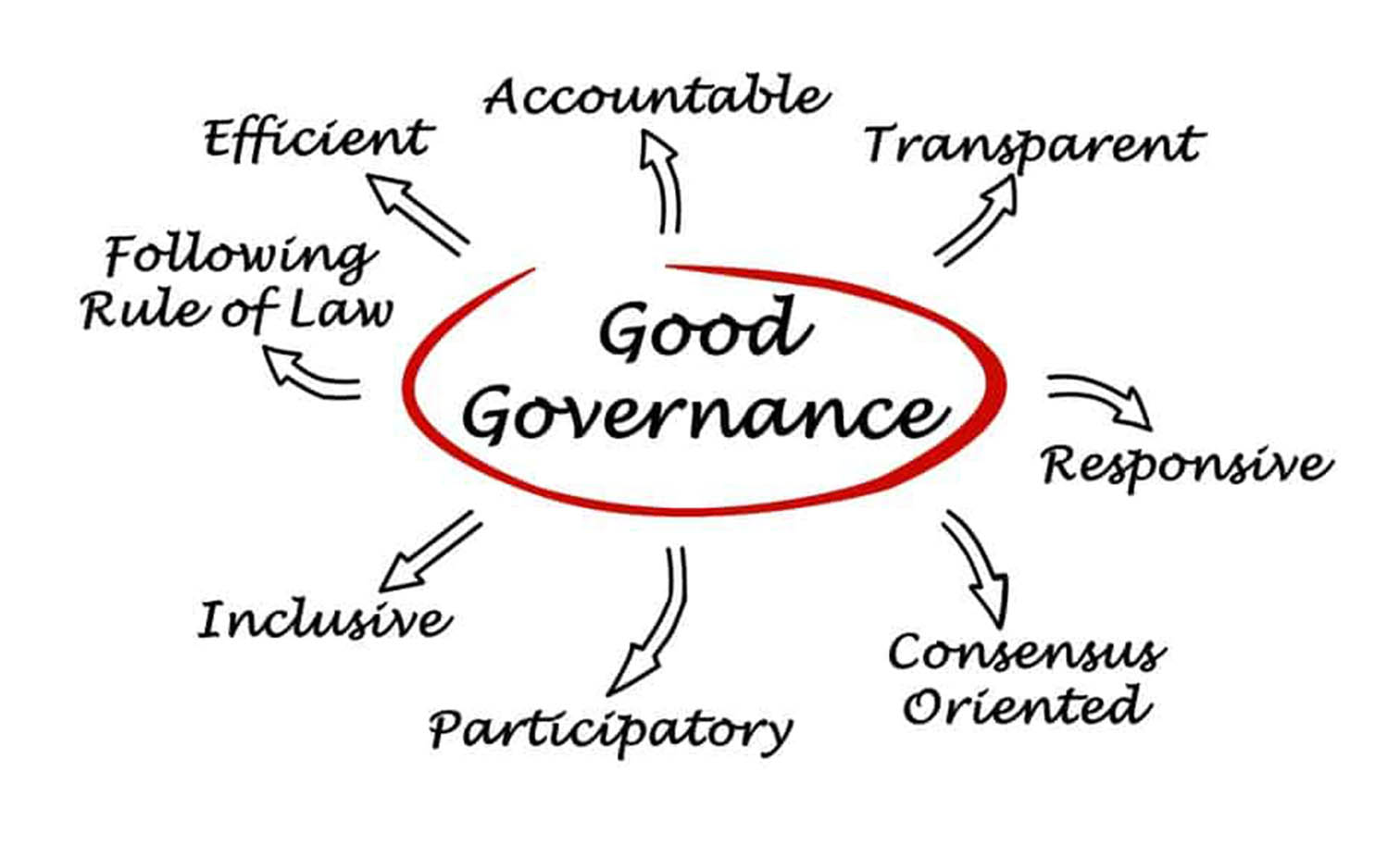
Abstract: The transparent role of the media in a democratic society is important. Media connects communities, people and government to ensure government control. This ensures accountability and transparency in government work. Media makes good governance possible, creates interests in people/society/country, and contributes to good governance. However, changes in history have raised doubts in the media. Democracy in India is one of the largest democracies in the world and it is important for people to understand the changing media landscape and nature. The role of paid media affects the existence and functioning of democracy. The phenomenon of paid media goes beyond the notion of individual media and the notion of corruption in some media houses. This study explores how the media can act as defenders of democracy? How the media represent the people? How can the media protect the interests of society and the country? How to ensure good governance?
Keywords: Paid News, Media, Culture, Governance, Democracy, Challenges
Introduction
India is one of the largest democracies in the world and has one of the world oldest media histories, from the late 18th to the 21st century. During the rule of East India Company in the 18th Century, Indian media was dominating by the Britishers for many years. Over the years the India media house have had been occupied by the private businesses to publish news, views and opinions of the India people. The India media house have had to evolve into private businesses to gather the public opinion, late on after independence government started to take control over the media and some media houses was set up the government. The private sector plays a major role in the growth of India media, most of them owned and controlled by private companies. When the Indian government launched its liberalization and globalization policies, partly liberalization in 1985 and globalization the 1990’s, government participation started to decline, and government paving the way to liberalize the private sector and promoted media and inviting more sharing of private sector in media houses. Liberalization and globalization have opened a new chapter in the history of Indian media. After that, as the state monopoly on electronic media and offline media ended, state began to give freedom to private players to enter more freely Media has been changed a lot and structure and function media started to change. Competition between online and offline media started to intensified after 1990’s, and online/electronic media strongly register their presence in the public and various news channels came into existence and play a vital role to get the attention of the public. Print/offline media started to take a back seat. This raises the culture of paid media, in which electronic media spreading the news on the basis of payment. They broadcast the news and establish the news in the public more strongly. The work of free opinion in transparent manner without prejudice and fearlessly is important in democracy to analyze the action of the government for the welfare of the people. But the paid media have dented the basic tenants of pillars of press. The main objective of media is to act as a watch dog to monitor the activities of ruling government and assess the governance, raise the public opinion, to protect the public interest and to expose the malpractices of government and administration.
